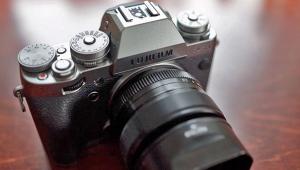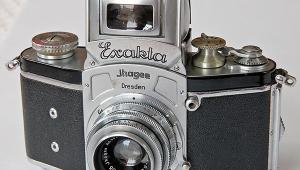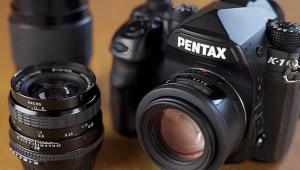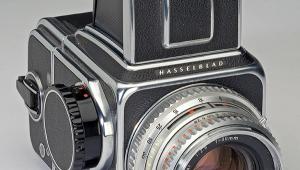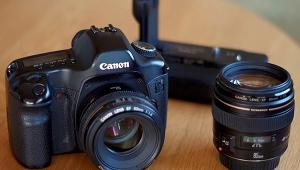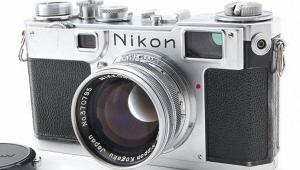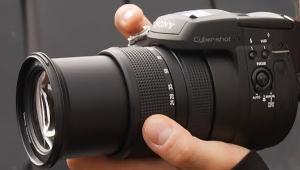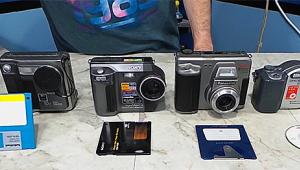Classic Cameras
Kowa Rollfilm SLRs
"You don't actually use that thing, do you?" This was a question one reader asked me when he saw a picture of my Kowa/SIX in one of my books or magazine articles (I forget which, now). And the answer is that yes, I do, and increasingly often at that. A Functional Find Body Parts Focus And Lens Leaf Shutter Use And Results SIX, MM, Super 66... |

